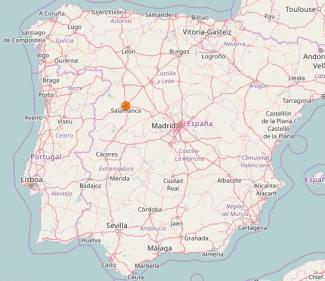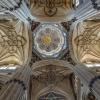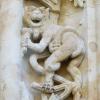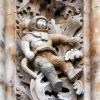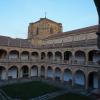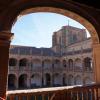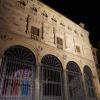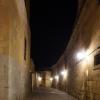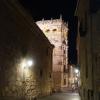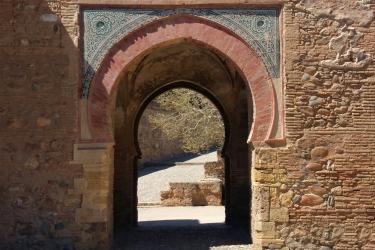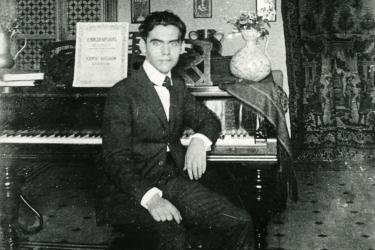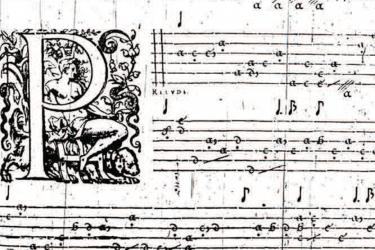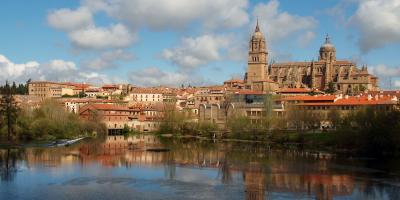
Salamanca
Salamanca is a beautiful ancient university city located in about 200km towards northwest from Madrid, Spain.
The Old City of Salamanca is particularly stunning because of the concentration of monuments of Romanesque, Gothic, Moorish, Renaissance, and Baroque periods. The 12th century Romanesque Old Cathedral, Gothic and Baroque style New Cathedral, and the 18th-century Baroque style Plaza Mayor to name a few. Together with the University of Salamanca, The Old City of Salamanca was declared as UNESCO World Heritage Site in 1988.
University of Salamanca and Alfonso X of Castile 'the Wise'
The University of Salamanca is the oldest university in Spain and the third oldest university in continuous operation in Europe, following the University of Bologna in Italy and the University of Oxford in the United Kingdom.
The origin of the University of Salamanca can be traced back, at least, to 1130 when it is believed to have been founded and started operating as an educational institution. In 1218, it was recognized as Studium Generale by the King Alfonso IX of Leon. In 1252, it was given the title of “University” by the King Alfonso X of Castile and Leon.
Alfonso X is often called King Alfonso X the Wise. He highlighted the importance of the knowledge and culture for his successful reign and civilization. He collected a wide range of knowledge from literature, science, history, law, astronomy to music and plastic arts. Alfonso X had interests both occidental and oriental culture. He set up the Toledo School of Translators and hired many Latin, Arabic, and Hebrew scholars. Many classic works were translated here into Latin and introduced to Europe.
Alfonso X put all the collected knowledge together and wrote up in a common language of the time Castilian (today's Spanish language) instead of Latin (the language of prestige) giving the common people access to the knowledge. The output is known as Literature of Alfonso X, a huge amount of literary works.
As a lyrical genre of the Literature of Alfonso X, we can find the Cantigas de Santa María (Canticles of Holy Mary), a collection of more than 420 poems with monophonic (having a single melodic line) music notation. This is the only work written in Galician-Portuguese instead of Castilian language. Galician-Portuguese language was considered fashionable and lyrical at the time.
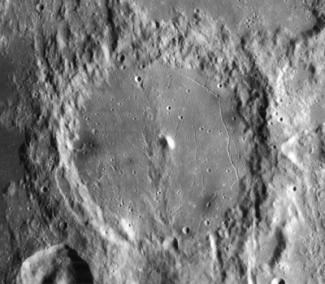
In astronomy, the Moon's crater ‘Alphonsus’ is derived from Afonso X. This name was given by an Italian astronomer of the 17th century.

A notable Spanish scholar and Basque writer Miguel de Unamuno, was the Rector of the University of Salamanca from 1901 until 1936.
